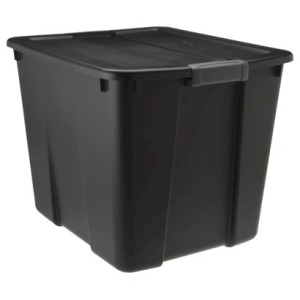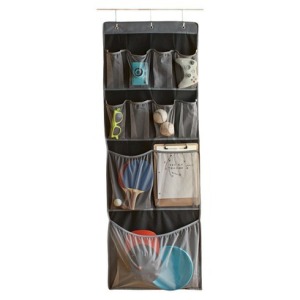They say the hardest part of college is getting in. But I think it might actually be the packing. Right now, around 20 million college students are preparing to head back to campus and there’s no shortage of retailers out there telling those students just how badly they need this or that to make their dorm room complete. Some things, like flip-flops for the shower or duct tape, are actually integral to surviving life in the dorms. Others are just a drain on precious funds that could be used for books or late-night pizza deliveries (to help power your studying of course). Here’s 5 purchases you can skip to save some money in your back-to-campus budget.
- Memory Foam Mattress Topper – I feel like almost everyone I knew in college had one of these on top of their dorm-room bed, as if the 2 inches of foam makes a crappy twin mattress magically softer and more luxurious. I’ll let you in on a secret: I’ve slept in dorm beds with the memory foam and dorm beds without it and you can’t tell the difference. Save yourself the $30-$100 by skipping the memory foam and investing in good pillows and a cozy comforter instead.
- Iron and Mini Ironing Board – I never ironed anything in college. Not once. Because sweatshirts do not need to be ironed. Unless you’re a business major who has to dress up for class or maybe a hipster who has decided to bring Perler Beads back into fashion, you won’t use an iron again until you have a real job.
- Shoe Organizer, Pencil Organizer, Organizer Organizer – The retail industry truly believes that college kids are unorganized. And while they’re probably not wrong, in my experience none of the myriad of different plastic contraptions they have come up with to help students be more organized actually work. Instead of buying expensive organizers, invest in those big plastic storage bins, especially the rolly ones that can slide under a bed. You can stuff them with whatever fits when you need to pretend your room is clean for parent’s weekend.
- Mini Fridge – What? No mini-fridge?! Don’t worry, I’m not suggesting that you skip out on this dorm-room staple. Just that there are cheaper options to buying one new, which can cost as much as $300. Many schools now participate in mini fridge rental programs, where students can rent a fridge for the school year at a fraction of the cost of purchasing one. Check online to see if your school participates in a rental program. Additionally, plenty of people have a mini fridge in their garage or basement from their college days that they no longer need. Before you buy, ask relatives or friends if you can borrow theirs or hunt around yard sales to see if you can buy a used fridge for less.
- Television – Not gonna lie, I was definitely a kid who thought a TV in my dorm room was a must. What else am I supposed to do in my spare time? Read? It’s not like I was an English major or anything . . . oh wait. But as a reminder, I headed off to college way back in 2007 when streaming TV online was very new, very blurry, and mostly illegal. Now-a-days every student has a laptop, which means every student has access to unlimited television 24/7 (and no commercials). So skip the TV and invest in a Netflix or Hulu Plus subscription. Your wallet will thank you.



